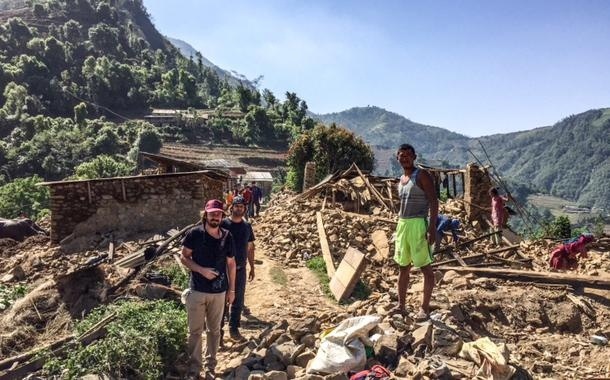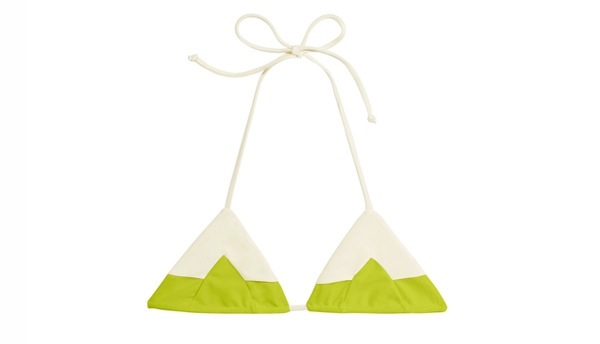SHOP ALL OF YOUR FAVORITE MIKOH STYLES AT SHOP.MIKOH.COM
15% OF SALES WILL GO TOWARDS WAVES FOR WATER NEPAL RELIEF PROGRAM, HELPING NEPAL AFTER TWO DEVASTATING EARTHQUAKES.
MAY 22 THROUGH MAY 25
15% OFF ALL THE ENTIRE ONLINE STORE WHEN YOU ENTER CODE MIKOHXMEMORIAL AT CHECKOUT
ENTER CODE | MIKOHXMEMORIAL
*All sales final | No returns or refunds
MORE ABOUT WAVES FOR WATER and the NEPAL RELIEF INITIATIVE AND KEEP UP TO DATE WITH THE TEAM IN NEPAL HERE
Project Overview
Friends & Family of W4W,
I’d like to take this opportunity to officially announce that Waves For Water is mobilizing an urgent cleanwater disaster relief initiative in response to the earthquake that struck Nepal at 11:56 a.m. local time (2:11 a.m. ET).
I don’t usually like to speak in sensationalized terms but feel it’s necessary right now, to truly convey the context of what the people of Nepal are dealing with. As we speak, the death toll has already topped 4000 people, but from my experience we should all be prepared for it to end up many times that number. To put it into perspective the capital city, Kathmandu, has a population of about 1 million, with a total of 2.5 million across the entire valley. The initial quake was 7.9 magnitude, followed by a strong aftershock of 6.6 a halfhour afterward, along with at least 15 aftershocks of 4.5 or greater, the USGS reported. The current reports say that around 6 million people have been affected by this between Nepal and its surrounding countries.
This one is REALLY bad. It shares many similarities to the 2010 Haiti Quake: close proximity to densely populated city, lack of solid infrastructure, poorly built buildings, high magnitude, and shallow depth. This combination of factors usually translates into loss and damage of epic proportions.
While we don’t respond to every single disaster that happens, it is a large part of what we do, and the severity of this particular event is shaping up to be right inline with our organizational purpose and structure.
Over the past five years we have worked on almost every major global disaster Earthquake/Tsunami’s in Indonesia, Haiti, Japan, and Chile. Mega-floods in Pakistan, India, and Brazil… Typhoons in Philippines and (most recently) Vanuatu… and last but not least our comprehensive initiative in response to SuperStorm Sandy here in the U.S. Needless to say, we feel quite equipped at this point to not only respond to these types of events, but do so quickly and efficiently.
Much like many of the other disasters zones we’ve responded to, Nepal already has a great need for a cleanwater program like ours (cholera is and ongoing problem). As much as it’s hard to look at these things in a positive light, we do have a couple silver linings in this particular case.
1. The fact that we have already been working in this region for some time and have great local POC’s (points of contact) on the ground. It’s very rare that we respond to a disaster where we already have solid local networks in place such as these:
⁃ two civilian operated Himalayan alpine guide groups that have extensive knowledge of the region and our program.
⁃ UN Nepalese military battalion we worked closely with in Haiti likely to be our main logistics partner throughout this, providing us with air and land support to otherwise inaccessible rural communities.
⁃ US Army Civil Affairs Team stationed in Kathmandu similar to the team we worked with in Bosnia.
2. Immediate seed funding to help us launch this initiative, made available to us by a badass group in the cycling world.
⁃ The MFG Cyclocross event happened last Dec in Seattle to help raise money for an upcoming cleanwater project we had planned (coincidentally) in Nepal this June. They have now generously approved us using it towards this disaster initiative.
Two of the most essential pieces of any disaster relief equation are a good local network and of course, funds… so for us to be ahead of the curve like this, in both areas, will be key in making our efforts quick and efficient.
Our initial goal with any project like this is to help mitigate the immediate suffering by providing victims with access to safe water. Once we have boots on the ground, and the framework of our program there is built, we will start to develop/implement long term programs that can be managed and built upon, locally. It is really no different than the work we have done (and continue to do) in locations like Haiti, Philippines, Mexico.
The first phase is urgent in nature and made up of multiple strategic strikes into the hardest hit areas of the disaster zone.
These strikes entail us providing access to clean water by distributing portable water filtration systems to community centers, refugee camps, and individual families in these areas.
The second phase, though still providing relief, consists of expanding the program by implementing more long term solutions such as rain-water harvesting systems on schools and medical clinics, restoring dead wells/pumps, and actively seeking out new regions of need beyond ground zero.
My team and I will be on the ground by Thursday of next week with at least 400 clean-water filtration systems; which can provide up to 40,000 quake victims with access to clean water, almost immediately.
Our goal to get as many of these cleanwater filtration systems to ground zero as possible. This will all depend on the support that follows our initial launch this coming week. We have used these exact bucket systems in almost ever corner of the world and the measurable impact they have is unparalleled.
The main challenge with the global water crisis is not a question of technology, but rather a question of access… and ultimately, that is exactly what our program is designed to do provide access.
As I said, this is a place that needs these types of programs anyway… so, in light of this devastating quake, I am challenging all of us to look at this event as a way to not only address the immediate needs, but to also bring focus to an issue that is long overdue… and lastly, to just simply do the right thing.

